Some Things You Might Not Know About Tea
Are you a tea aficionado? If so, you'll appreciate these nine things about tea that your average consumer might not know.
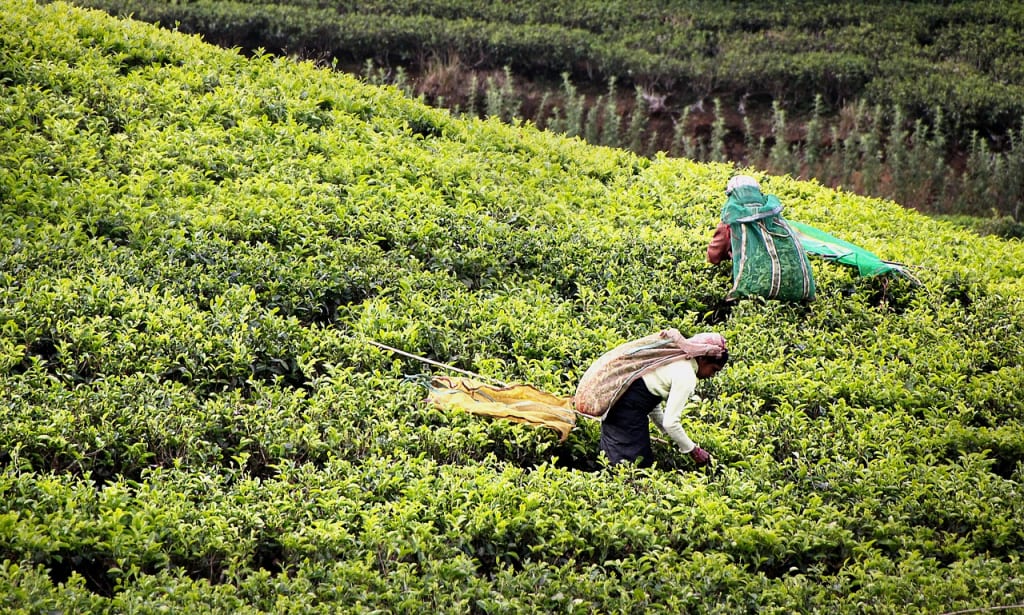
For ages, tea has been enjoyed in countless civilizations all over the world. We take it in many forms and styles, and our love affair with this ancient beverage is growing stronger all the time. But how much do you really know about it? Here are a few things to think about the next time you lift that cup of your favorite Oolong or Lapsang Souchong to your lips.
Up Until the 19th Century, Tea Was Considered a Luxury Item
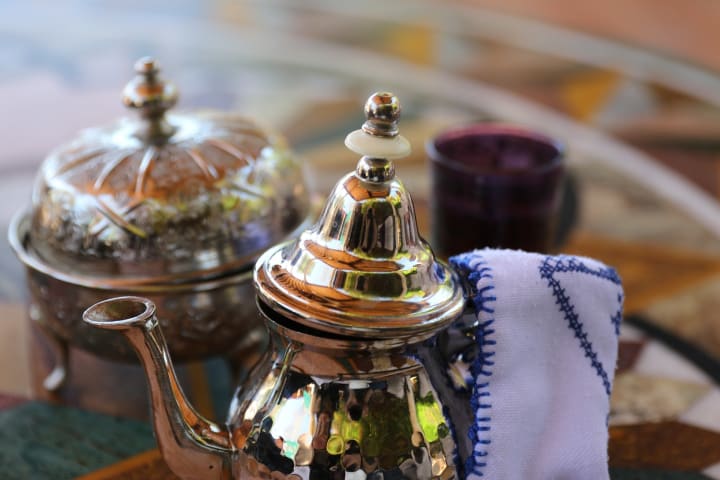
Before that time, it was regarded as a religious ceremonial drink in Japanese and Korean culture, having spread there by the 8th and 9th centuries C.E. This was, of course, before royalty and the upper classes took up drinking it like it was their full-time job. That means that every time your lip meets the rim of a teacup, you're sipping on something that commoners of a past era wouldn't have had the means to attain. Think about that the next time life gets you down, and revel for a few minutes in living like a rockstar of a bygone century.
After Water, It Is the Most Consumed Beverage in the World
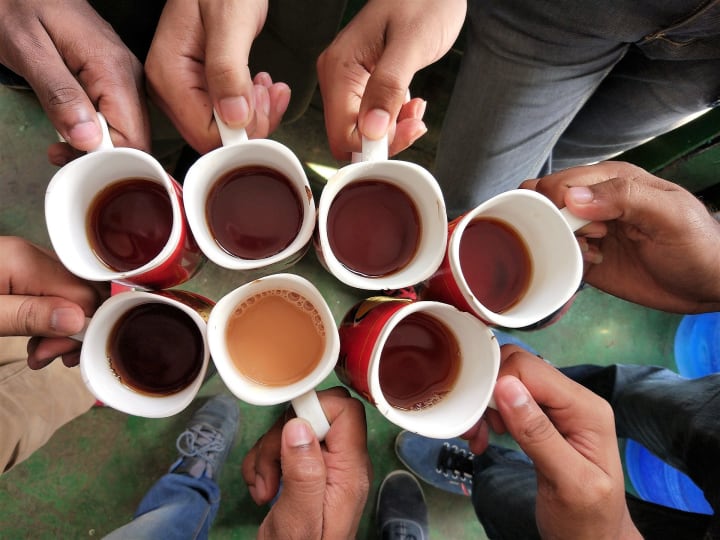
As much as we in the States love to proclaim "We're #1!" to anyone who will listen, it's actually India that leads the pack with regard to being the nation drinking the most tea by volume. Turkey, on the other hand, stands at the top of the heap as the largest per-capita consumer. For the largest importers of the stuff, look to Russia, the U.K., Pakistan, and then, the U.S. Most tea is grown in China, Sri Lanka, Turkey and India.
It Has More in Common with Wine Than Many Realize

While most teas on the market are blended affairs born of different pickings, processing methods, and plantations, single-estate teas also exist. Teas can be as expressive of their terroir—environmental and geographic factors such as altitude, climate, and soil type among others, that contribute to its overall style and flavor—as your favorite wines.
Bearing that in mind, single-estate teas are like single vineyard wines, inasmuch as these unblended teas can tell a drinker a great deal about a particular growing area and even a particular season, as teas, much like wines, can vary in terms of harvest yields, flavors, and aroma from year to year.
Tisanes Are Not Teas. Teas Are Not Tisanes.
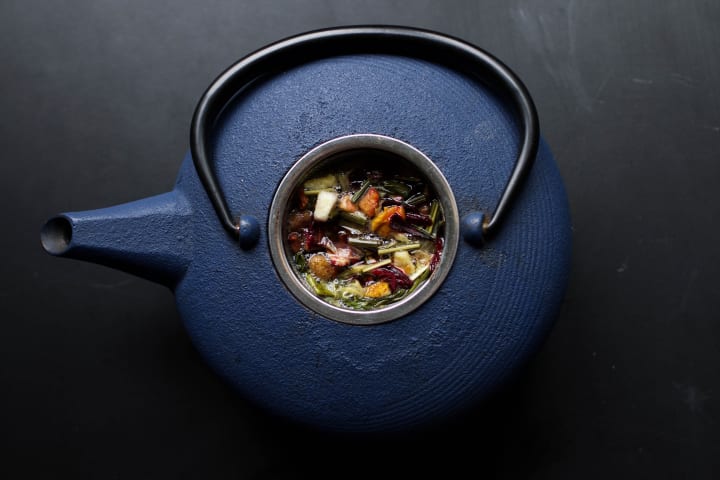
Despite conventional wisdom that "if it walks like a duck and quacks like a duck, then it's a duck," everything that is blended like a tea and steeped like a tea isn't necessarily a tea. Consider the tisane. Traditionally, these have roots in being drunk for their perceived medicinal or health benefits.
"Infusions" is a better term for these than "teas", though, since tisanes, as a rule, contain no actual tea leaves. You might find roots and herbs in a tisane. You might flowers, dried leaves, and fruit. Cinnamon, lemon verbena, mint leaves, and dried fruit peels impart a wealth of flavor to a hot beverage, but they aren't tea leaves. Tisanes do tend to be caffeine-free, though, so at least they've got that going for them. That, and being delicious.
The Earliest Written Evidence of Tea Consumption Dates back to the 3rd century
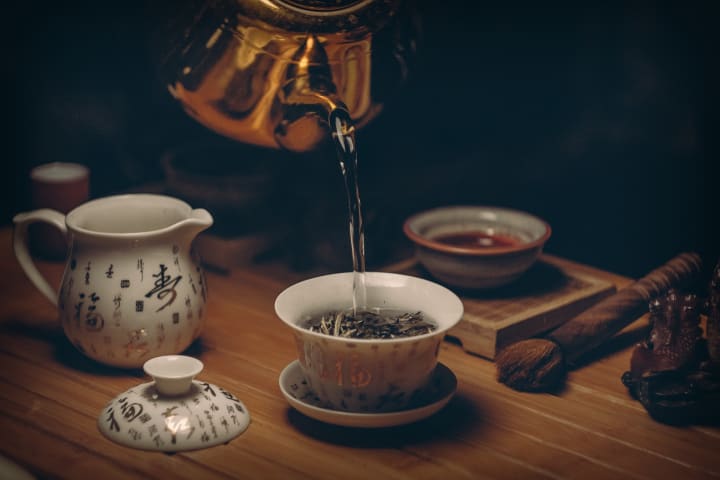
Ancient medical text Shi Lun, written during the Han Dynasty by a Chinese physician named Hua Tuo is believed to contain the earliest credible written evidence of human tea consumption. In it, the doctor advised, “to drink bitter t’u constantly makes one think better.”
The word “t’u” being an archaic reference to what we commonly think of as tea, makes plain that the roots of this beverage extend farther into the past than many people suspect.
Don't Assume Boiling Water is Always Best to Steep In
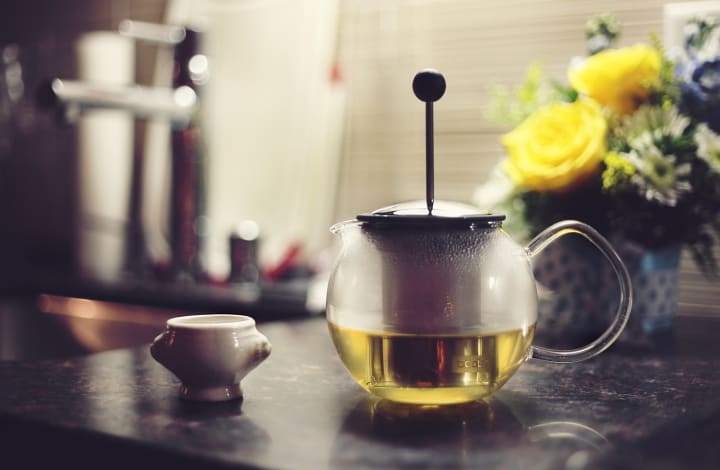
Forget what mom or grandma told you about how to prepare a cup of tea. All those times they poured water, still at a rolling boil, straight from the kettle over a tea bag or mound of tea leaves, they were doing it wrong. Follow that example, and you run the risk of "cooking" the tea leaves, a misstep that will ruin their flavor expressions, leaving you with an infusion that tastes flatter than a steamrolled pancake.
Optimal steeping temperature is critical, but varies according to the kind of tea you're brewing. One teaspoon of white tea, for example, is best steeped for 1-3 minutes between 175ᵒ and 185ᵒ F, while black tea expresses its best at 206ᵒ F, steeped for 3-5 minutes.
The Tea We Drink is Cultivated from Two Main Types
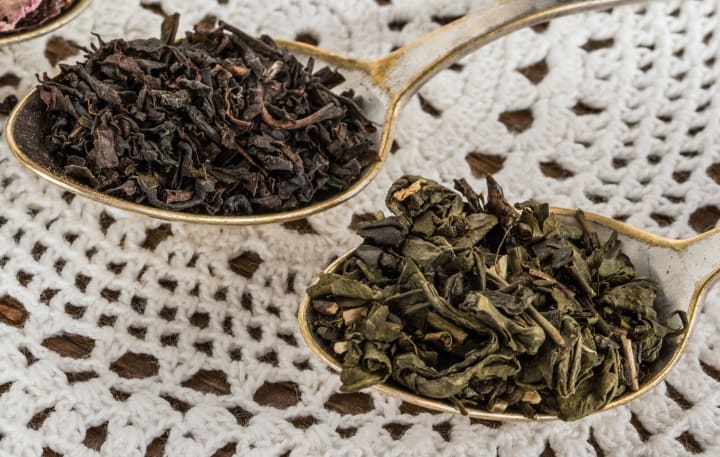
With origins in Southern and Eastern Asia, the tea plant is native to two regions of the world: Southern China and Assam, India. It is perhaps unsurprising then, that the two main varieties cultivated are named China and Assam.
The former is used primarily to produce Chinese and Japanese teas, while Assam is used for Indian teas and other kinds. Each variety has a multitude of sub-strains to its name, and these have shown their mettle for adapting to different environmental conditions over the course of centuries of cultivation. As a result, these two chief varieties are capable of producing a range of leaves that vary widely in terms of flavor and aromatic expressions.
Aged Tea is a Thing
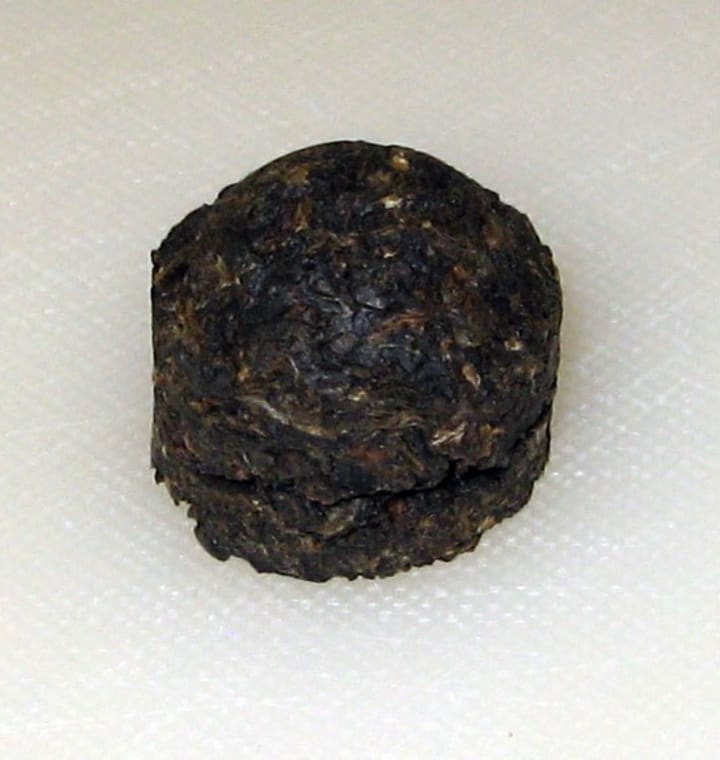
Sharing another commonality with wines, post-fermented teas (tea that gets oxidized a second time following its standard production process) like the Pu-erh native to Yunnan, China have grown in popularity in recent years. This variety, often sold as discs or small bricks of compressed leaves, may be aged for months or years before consumption.
Butter Tea. There's Butter Tea
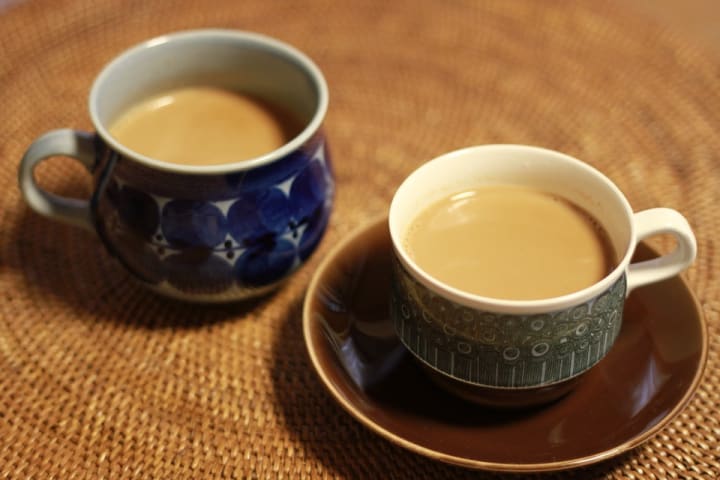
If that cup of English Breakfast or orange pekoe has lost its sparkle, then add a bit of yak butter, water, and salt to your tea leaves, and you've got a butter tea going. That's how they kick it in the Himalaya regions of places like Tibet, Nepal, and Bhutan.
Sure, butter being a significant part of the recipe means your caloric intake will be sky high. But on the bright side, the beverage, always served hot, pays off handsomely in terms of the energy levels you can expect after a few cups. This makes it well-suited to mountainous, high altitude terrains. Oh, and if you’re not able to lay your hands on any yak butter, never fear; butter made from cow milk will suffice.
About the Creator
Anthony Beal
Food blogger, Certified Sherry Wine Specialist, WSET3 wine scholar, comic book geek, Japanophile, aspiring gym rat. Never met a shrimp, prawn, or mussel I didn’t like. Explore eating & drinking culture with me at FlavorfulWorld.com.

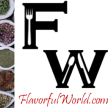
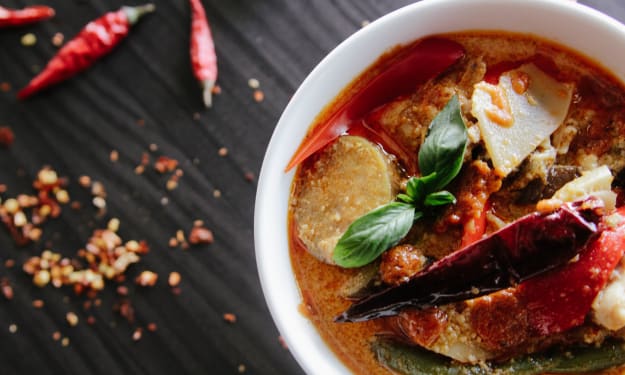



Comments
There are no comments for this story
Be the first to respond and start the conversation.